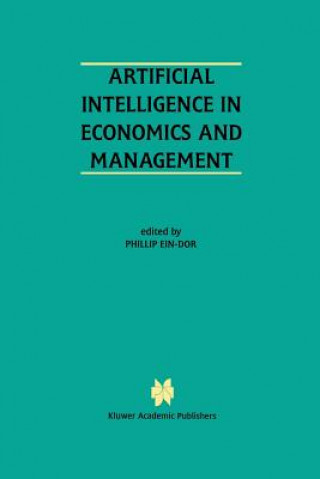
Code: 06795774
Artificial Intelligence in Economics and Managment
by Phillip Ein-Dor
In the past decades several researchers have developed statistical models for the prediction of corporate bankruptcy, e. g. Altman (1968) and Bilderbeek (1983). A model for predicting corporate bankruptcy aims to describe the rela ... more
- Language:
 English
English - Binding: Paperback
- Number of pages: 276
Publisher: Springer-Verlag New York Inc., 2011
- More about this

120.80 €

Low in stock at our supplier
Shipping in 13 - 16 days
Potřebujete více kusů?Máte-li zájem o více kusů, prověřte, prosím, nejprve dostupnost titulu na naši zákaznické podpoře.
Add to wishlist
You might also like
-
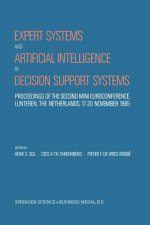
Expert Systems and Artificial Intelligence in Decision Support Systems
185.84 € -

Ciberlingua y Ciberliteratura
87.28 € -

Politik Im Standard - Auf Dem Weg Zum Politainment?
75.30 € -

A CONTEXTUAL STUDY OF THE SOCIAL FUNCTIONS OF GUJI- OROMO PROVERBS
49.32 € -4 % -

Armed Groups and the Balance of Power
66.74 € -

IBSS: Anthropology: 2008 Vol.54
497.94 € -
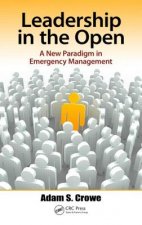
Leadership in the Open
200.13 €
Give this book as a present today
- Order book and choose Gift Order.
- We will send you book gift voucher at once. You can give it out to anyone.
- Book will be send to donee, nothing more to care about.
More about Artificial Intelligence in Economics and Managment
You get 304 loyalty points
 Book synopsis
Book synopsis
In the past decades several researchers have developed statistical models for the prediction of corporate bankruptcy, e. g. Altman (1968) and Bilderbeek (1983). A model for predicting corporate bankruptcy aims to describe the relation between bankruptcy and a number of explanatory financial ratios. These ratios can be calculated from the information contained in a company's annual report. The is to obtain a method for timely prediction of bankruptcy, a so ultimate purpose called "early warning" system. More recently, this subject has attracted the attention of researchers in the area of machine learning, e. g. Shaw and Gentry (1990), Fletcher and Goss (1993), and Tam and Kiang (1992). This research is usually directed at the comparison of machine learning methods, such as induction of classification trees and neural networks, with the "standard" statistical methods of linear discriminant analysis and logistic regression. In earlier research, Feelders et al. (1994) performed a similar comparative analysis. The methods used were linear discriminant analysis, decision trees and neural networks. We used a data set which contained 139 annual reports of Dutch industrial and trading companies. The experiments showed that the estimated prediction error of both the decision tree and neural network were below the estimated error of the linear discriminant. Thus it seems that we can gain by replacing the "traditionally" used linear discriminant by a more flexible classification method to predict corporate bankruptcy. The data set used in these experiments was very small however.
 Book details
Book details
Book category Books in English Economics, finance, business & management Business & management Management & management techniques
120.80 €
- Full title: Artificial Intelligence in Economics and Managment
- Subtitle: An Edited Proceedings on the Fourth International Workshop: AIEM4 Tel-Aviv, Israel, January 8 10, 1996
- Author: Phillip Ein-Dor
- Language:
 English
English - Binding: Paperback
- Number of pages: 276
- EAN: 9781461286202
- ISBN: 1461286204
- ID: 06795774
- Publisher: Springer-Verlag New York Inc.
- Weight: 446 g
- Dimensions: 235 × 155 × 16 mm
- Date of publishing: 27. September 2011
Trending among others
-

The Millionaire Fastlane
26.47 € -

Collaborating with the Enemy: How to Work with People You Dont Agree with or Like or Trust
18.11 € -21 % -

Ego Is the Enemy
13.68 € -19 % -

The Coaching Habit
17.51 € -3 % -

High Output Management
16.60 € -13 % -

Principles
26.97 € -18 % -

Extreme Ownership
25.06 € -18 % -

Hooked
13.98 € -16 % -
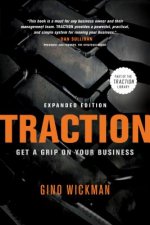
Traction
18.51 € -11 % -

Leaders Eat Last
10.96 € -23 % -

Inspired - How to Create Tech Products Customers Love, 2nd Edition
29.89 € -8 % -
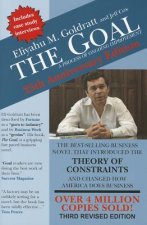
Goal
18.41 € -28 % -

The Daily Stoic
22.94 € -23 % -

7 Habits of Highly Effective People
16.50 € -21 % -

The Innovator's Dilemma
27.37 € -4 % -
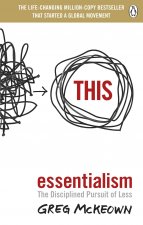
Essentialism
13.28 € -20 % -
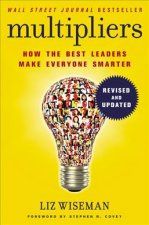
Multipliers, Revised and Updated
11.77 € -22 % -

How Women Rise
10.86 € -23 % -
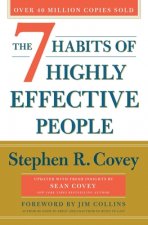
The 7 Habits of Highly Effective People
24.05 € -21 % -

Creativity, Inc.
14.79 € -11 % -

Co-Active Coaching
36.03 € -5 % -

Marketing
106.20 € -4 % -

12 Week Year - Get More Done in 12 Weeks than Others Do in 12 Months
18.41 € -28 % -

Dare to Lead
16.40 € -17 % -

Leadership and the One Minute Manager Updated Ed
27.78 € -
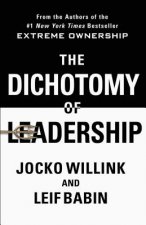
Dichotomy of Leadership
26.77 € -13 % -

Only Way to Win
17.21 € -28 % -

The 4-Hour Workweek
23.04 € -14 % -

Unlimited Memory
15.59 € -25 % -

Give and Take
14.59 € -19 % -
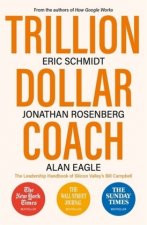
Trillion Dollar Coach
10.36 € -29 % -

Captain Class
13.88 € -
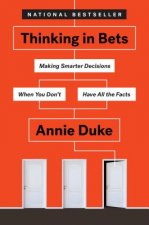
Thinking in Bets: Making Smarter Decisions When You Don't Have All the Facts
26.77 € -15 % -

Be Exceptional
14.89 € -20 % -

Professional Product Owner, The
33.11 € -7 % -

It's Your Ship
25.36 € -15 % -

Tribal Leadership
14.69 € -21 % -

Triggers
11.16 € -13 % -

Spiral Dynamics - Mastering Values, Leadership and Change
36.23 € -7 % -
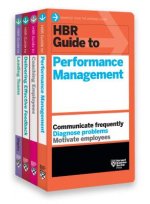
HBR Guides to Performance Management Collection (4 Books) (HBR Guide Series)
56.07 € -24 % -
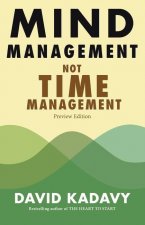
Mind Management, Not Time Management
24.25 € -2 % -

12 Week Year Field Guide
22.24 € -35 % -

Conversational Capacity: The Secret to Building Successful Teams That Perform When the Pressure Is On
16.70 € -23 % -
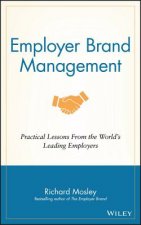
Employer Brand Management - Practical Lessons From the World's Leading Employers
42.68 € -7 % -

New One-Page Project Manager
22.04 € -20 % -

Servant Leader
12.98 € -19 % -
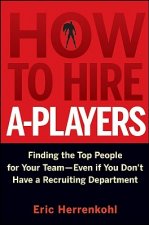
How to Hire A-Players - Finding the Top People for Your Team- Even If You Don't Have a Recruiting Department
19.42 € -27 % -
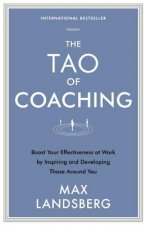
Tao of Coaching
10.46 € -29 % -

Getting Things Done
16.50 € -22 %
Collection points Bratislava a 2642 dalších
Copyright ©2008-24 najlacnejsie-knihy.sk All rights reservedPrivacyCookies


 15549 collection points
15549 collection points Delivery 2.99 €
Delivery 2.99 € 02/210 210 99 (8-15.30h)
02/210 210 99 (8-15.30h)